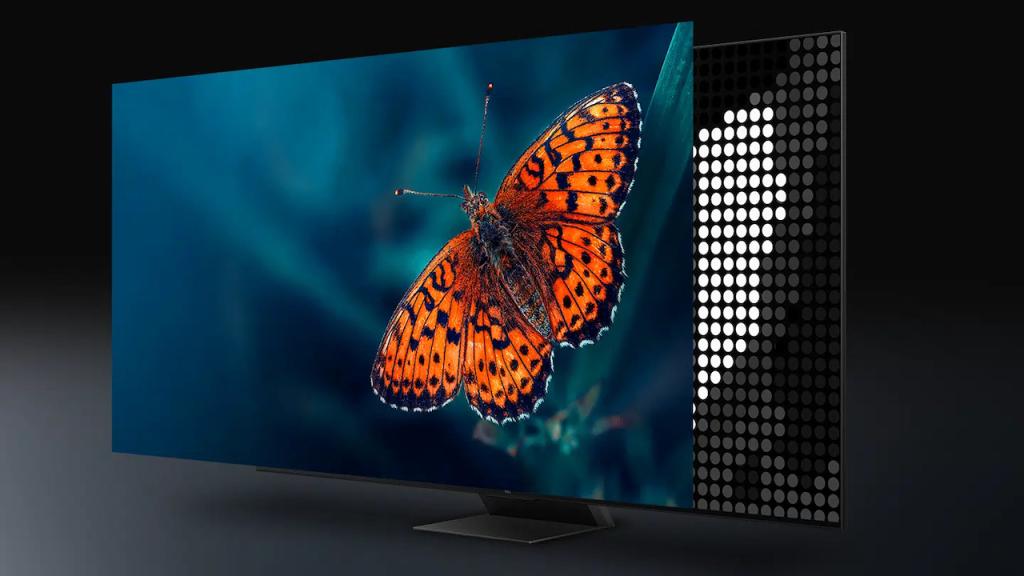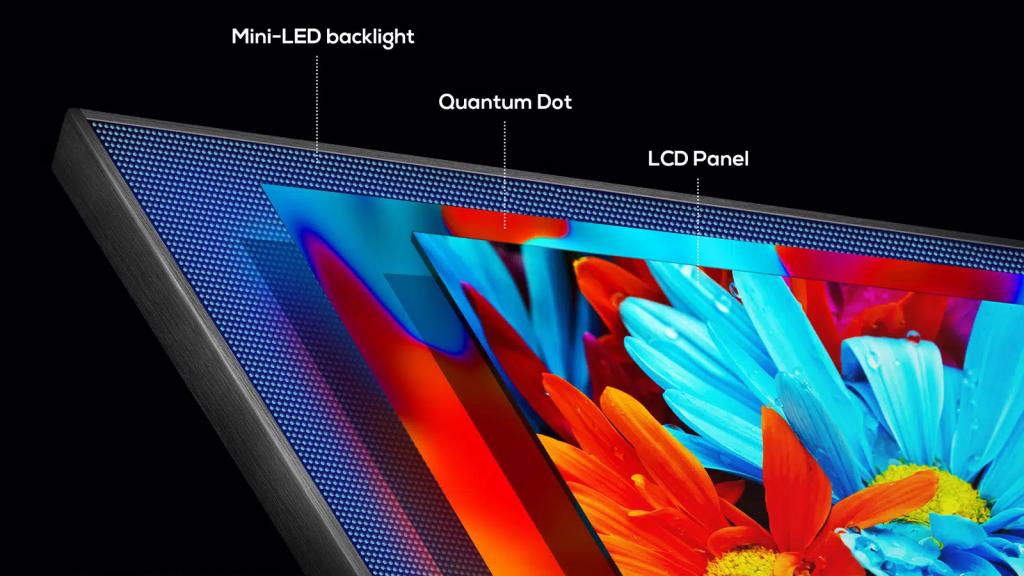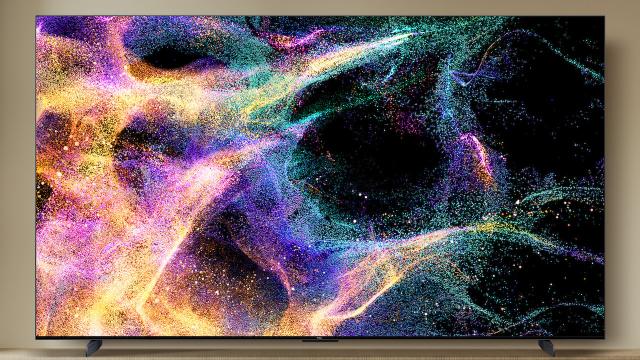If you’ve gone TV shopping in the past few years, you’ve most likely encountered a TV advertised as “mini-LED”. As a technology, mini-LEDs are fairly new. With more and more brands dabbling in this emerging display technology, how exactly does it work, and what does it offer in the current TV landscape?
What is mini-LED and how does it work in TVs?

As we said before, mini-LED TVs are a fairly recent product. TCL has been the biggest proponent of this emerging tech. The brand launched the first mini-LED TV back in 2019 and has been consistently using the tech with its flagship releases. You can check out TCL’s mini-LED TV range here.
As it currently stands, the two most popular formats of TV displays are OLED and LED-backlit LCD, which both work quite differently.
The TVs in this latter category use a “Liquid Crystal Display” panel that is backlit by a series of LEDs. To create the on-screen picture, these crystals will react to the backlighting and will display the image by adjusting how much light it will let through. This is where mini-LEDs come in. Due to the size of mini-LEDs, which are usually about a fifth of a standard LED, manufacturers are able to pack way more of these diodes into the backlighting area.
Comparatively, OLED TVs (Organic Light-Emitting Diode) work without using a backlight. Instead, each individual organic pixel has the capacity to be self-lit, which allows for an incredibly high contrast ratio and the ability to display pure blacks.
LCD displays aren’t perfect, with the biggest drawback being that they suffer from blooming. This is when the backlighting from a lit zone bleeds into a darker or unlit one, which causes people and objects on-screen to have a glowing aura. In an attempt to counteract this, TV manufacturers introduced local dimming, where the LED backlights are split into several groups, allowing for sections to be independently switched off when they aren’t needed.
So how do mini-LEDs factor in here? By having more mini-LEDs packed into each local dimming zone, the TV has the ability to be more precise in how it reproduces colours with a higher contrast ratio and deeper blacks. This means greatly reducing the chances of blooming, while improving the overall fidelity of the TV’s picture quality.
The size of mini-LEDs also means thinner TV panels. We’ve recently seen Apple use this display tech in the fifth and sixth-gen iPad Pro, along with the 2021 MacBook Pro.
Some TV brands, like TCL, also use a technology known as “Quantum Dots”, which are light-emitting nanocrystals.
This is another layer that sits between the backlighting and LCD panel, which helps to improve the picture quality through more accurate colour reproduction.

So which is better?
Mini-LED TVs aren’t necessarily better than OLED ones but rather a strong alternative.
Due to the way they work, OLED displays still have the advantage when it comes to pure black and contrast ratio. However, mini-LEDs are able to achieve an overall higher brightness, while their colour reproduction and contrast are vastly improved over previous LED TVs.
Mini-LED TVs are also generally cheaper than when compared to the equivalently sized OLED ones. TCL’s 65-inch C845 retails for $2,999, while the price of a 65-inch OLED TV from Sony or Samsung starts at around $4,000.
Overall, both displays are good options when it comes to picking a new TV. While OLEDs have built a well-earned reputation as “the best”, as mini-LED technology continues to grow and improve, it could stand to be the strongest challenger to that title.

Leave a Reply